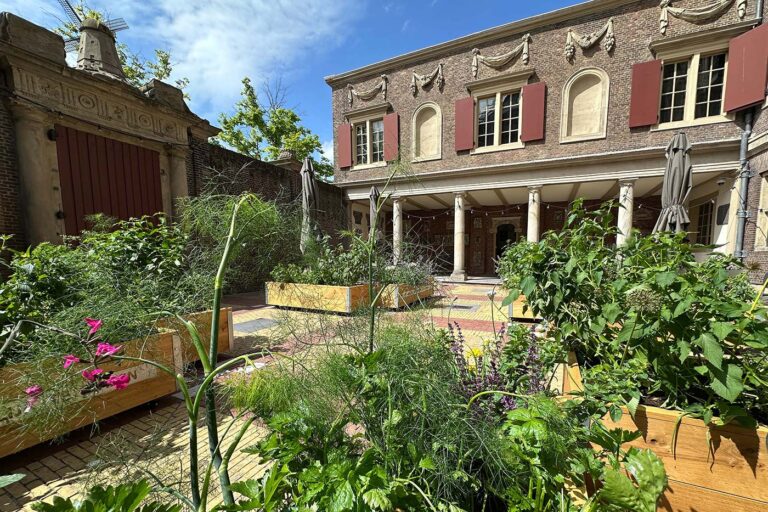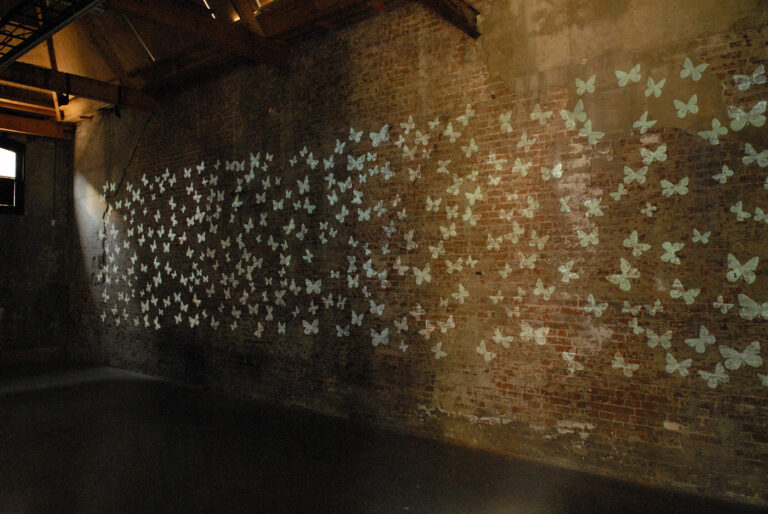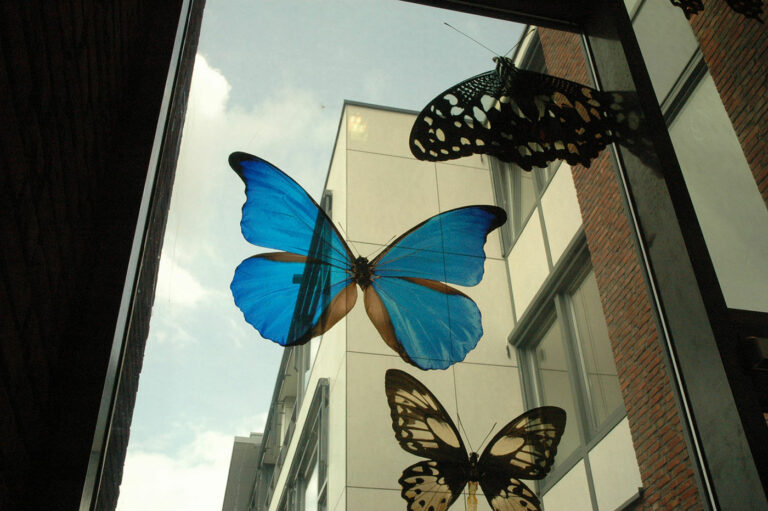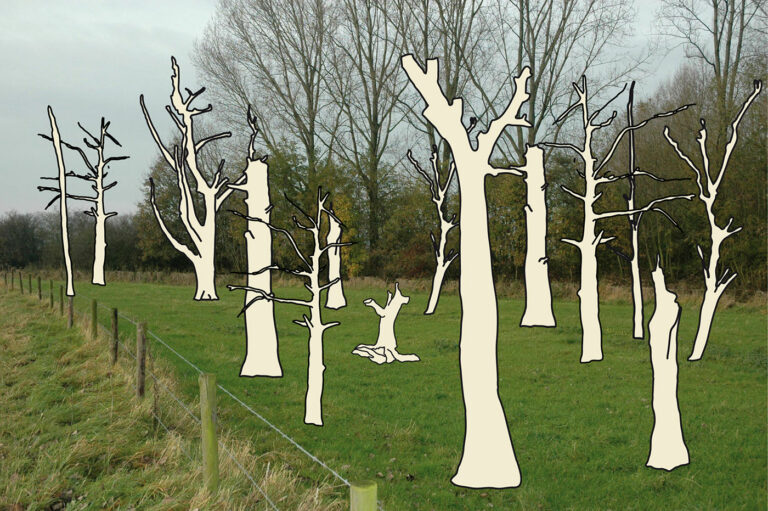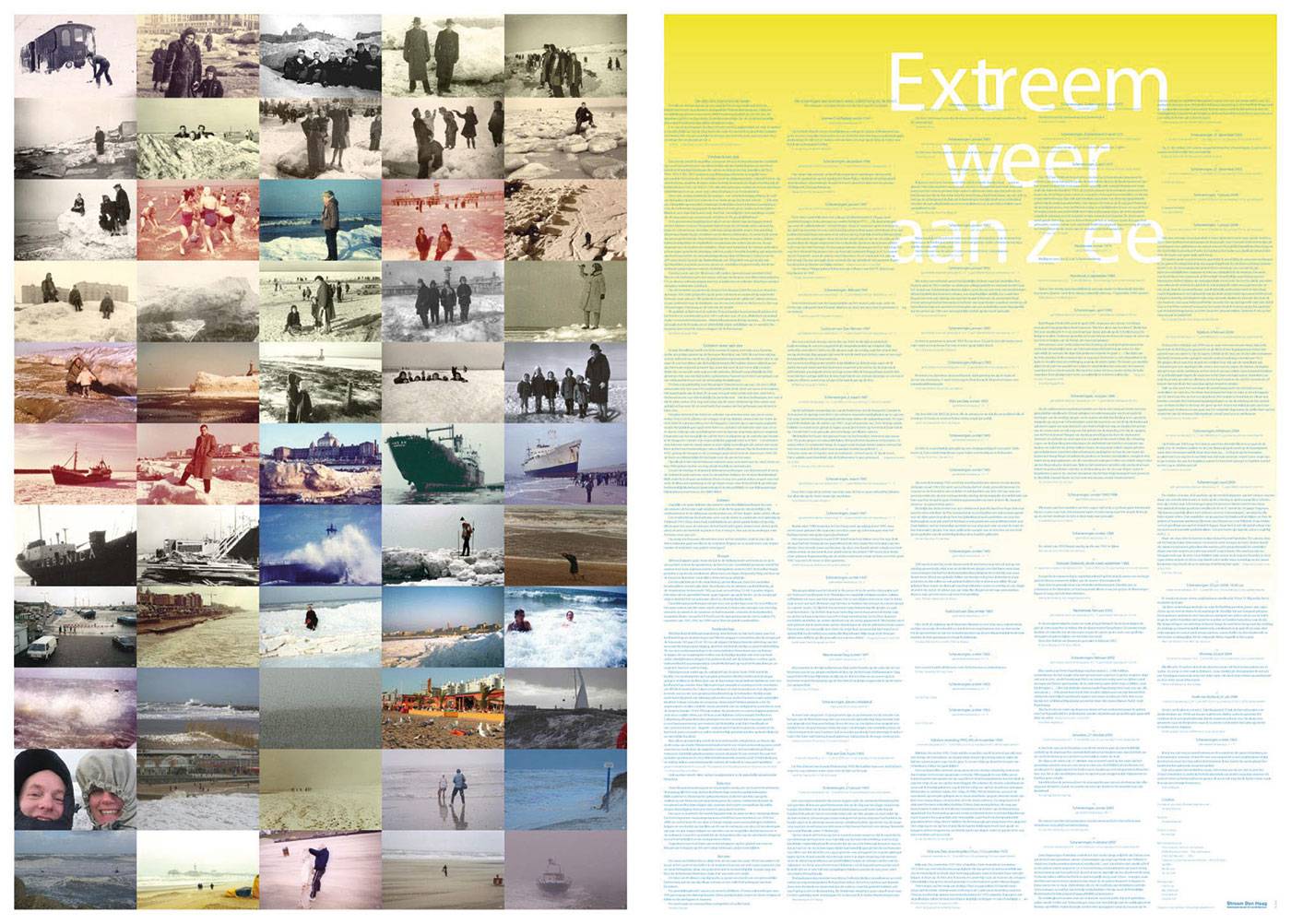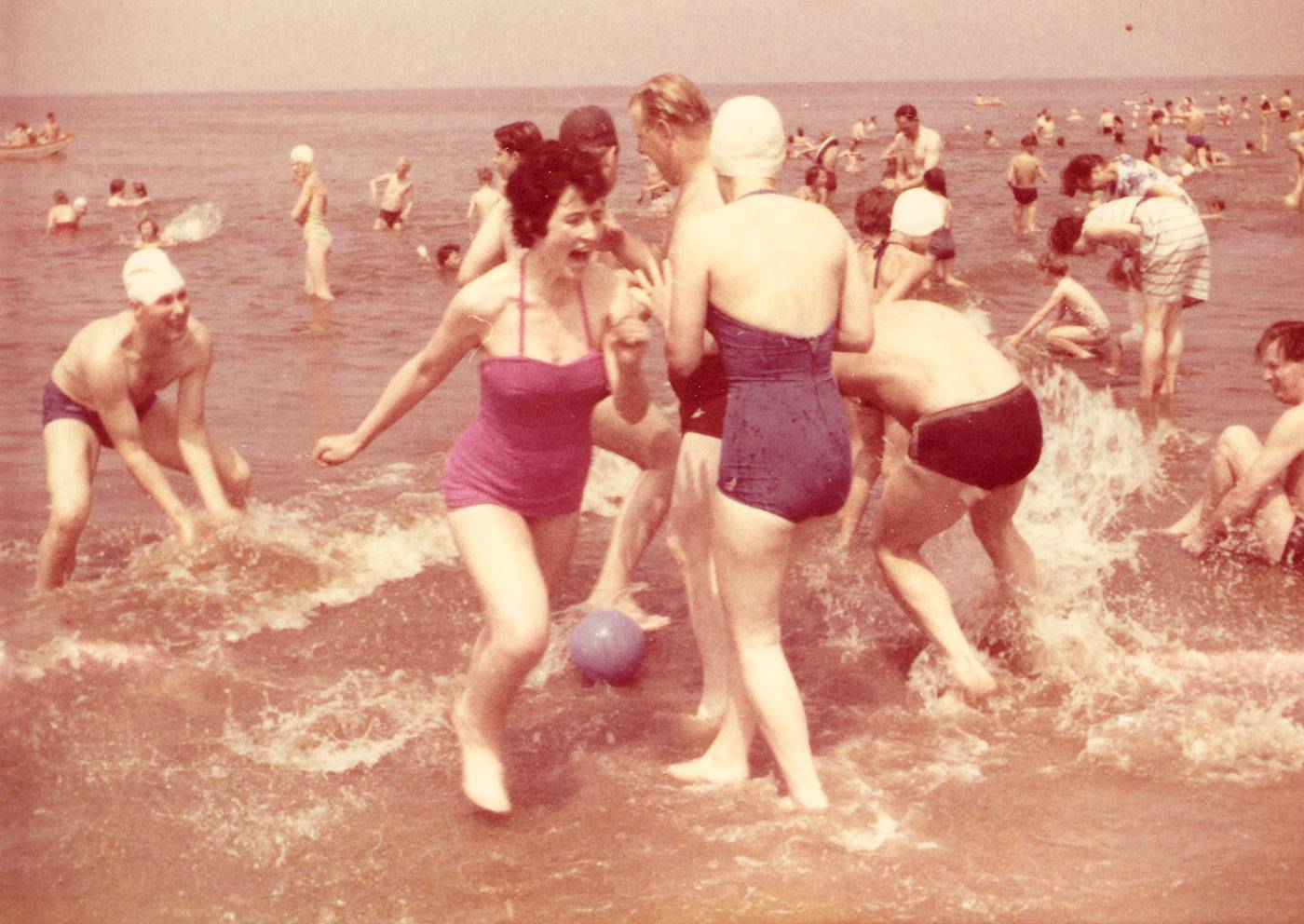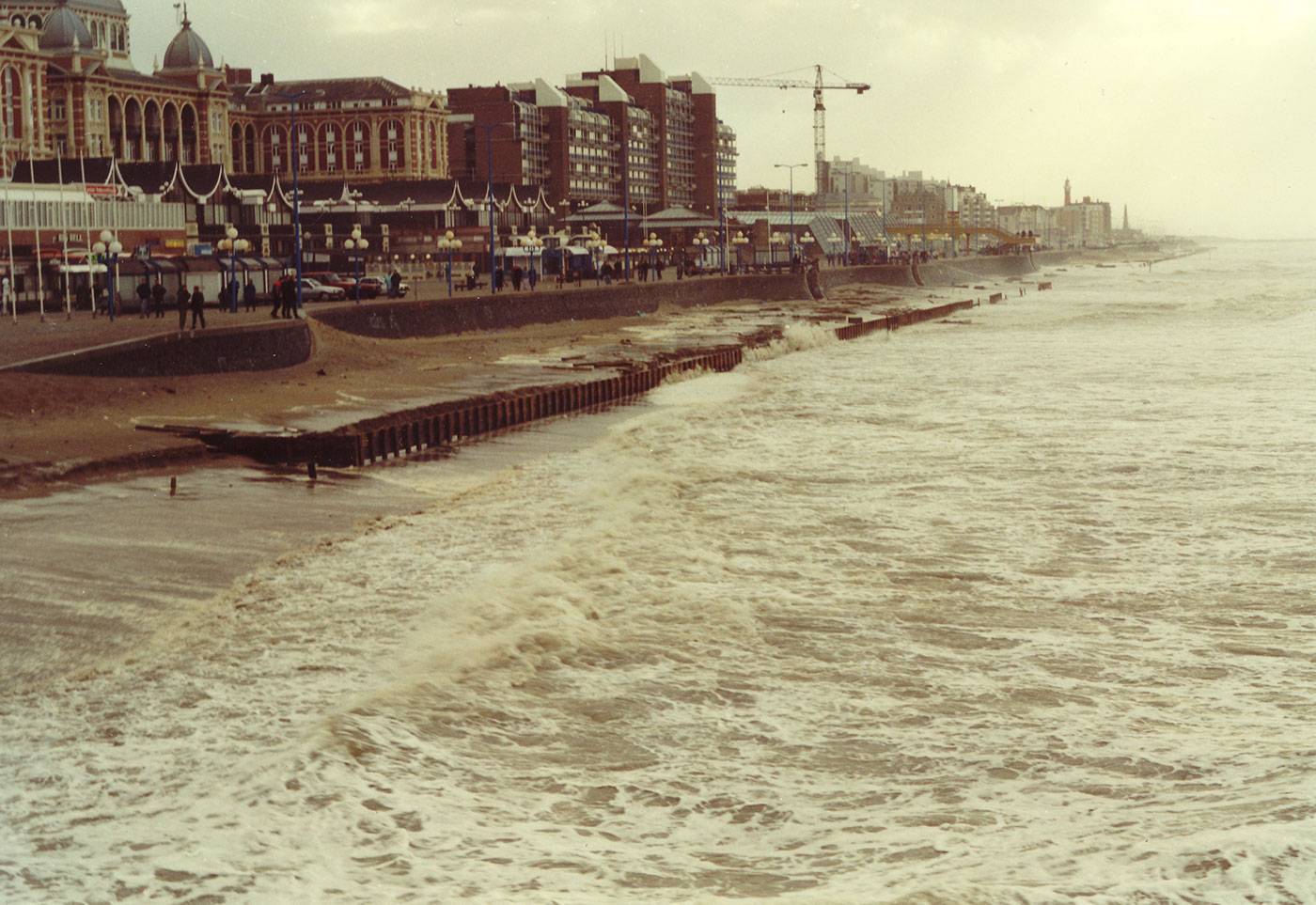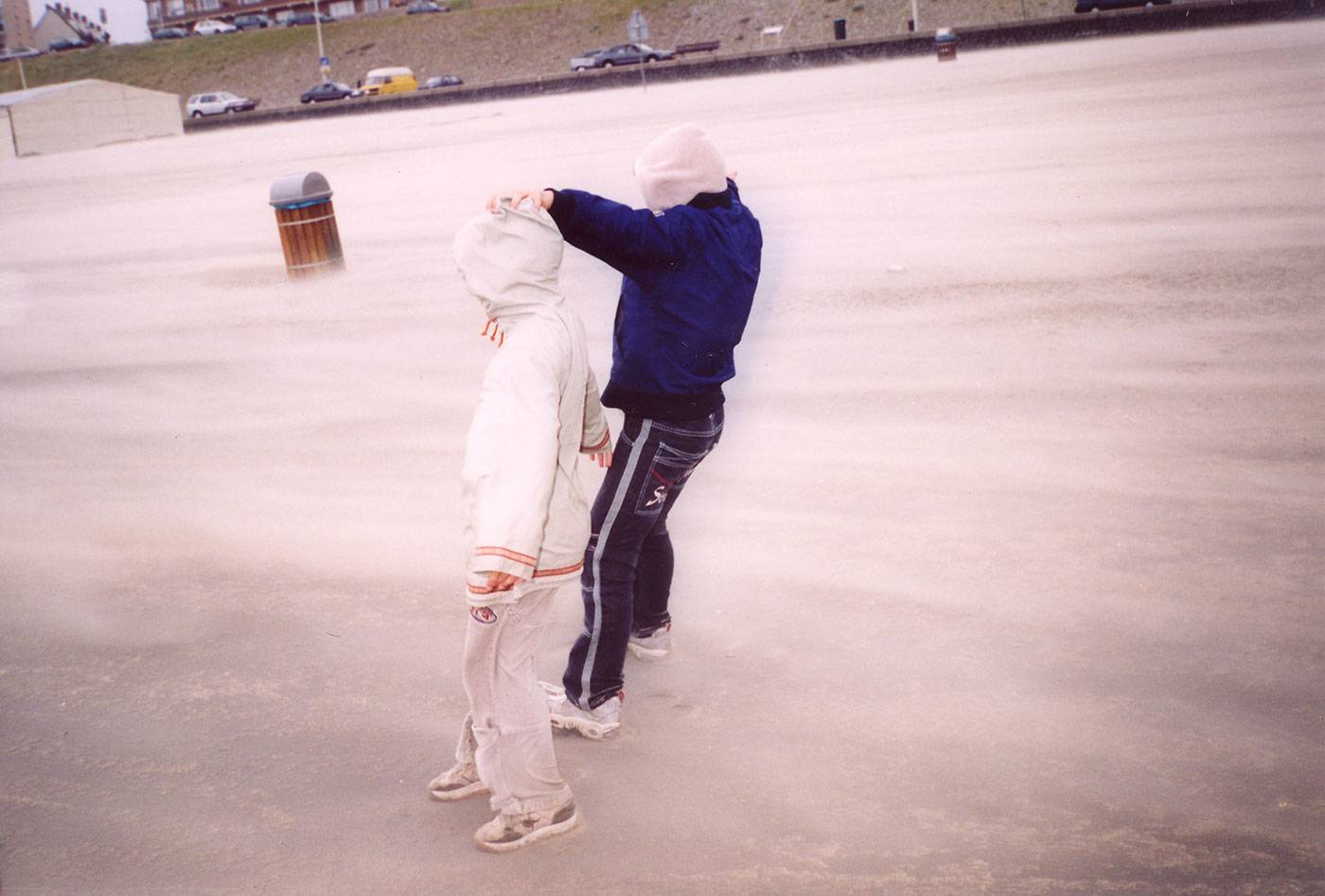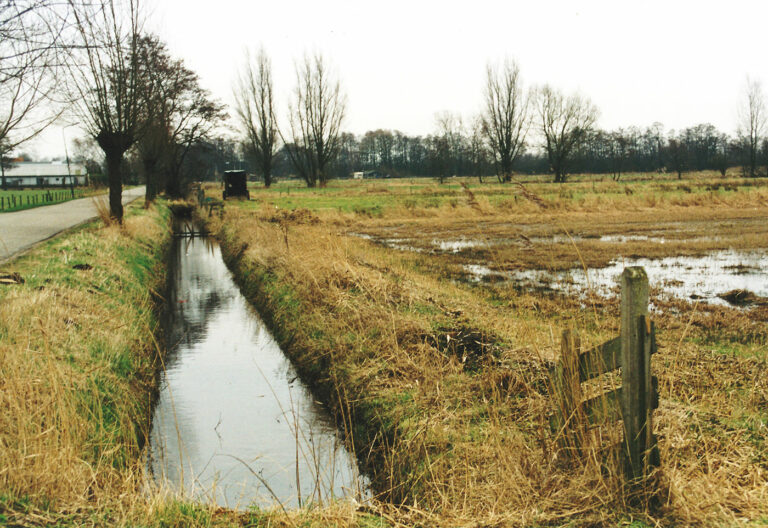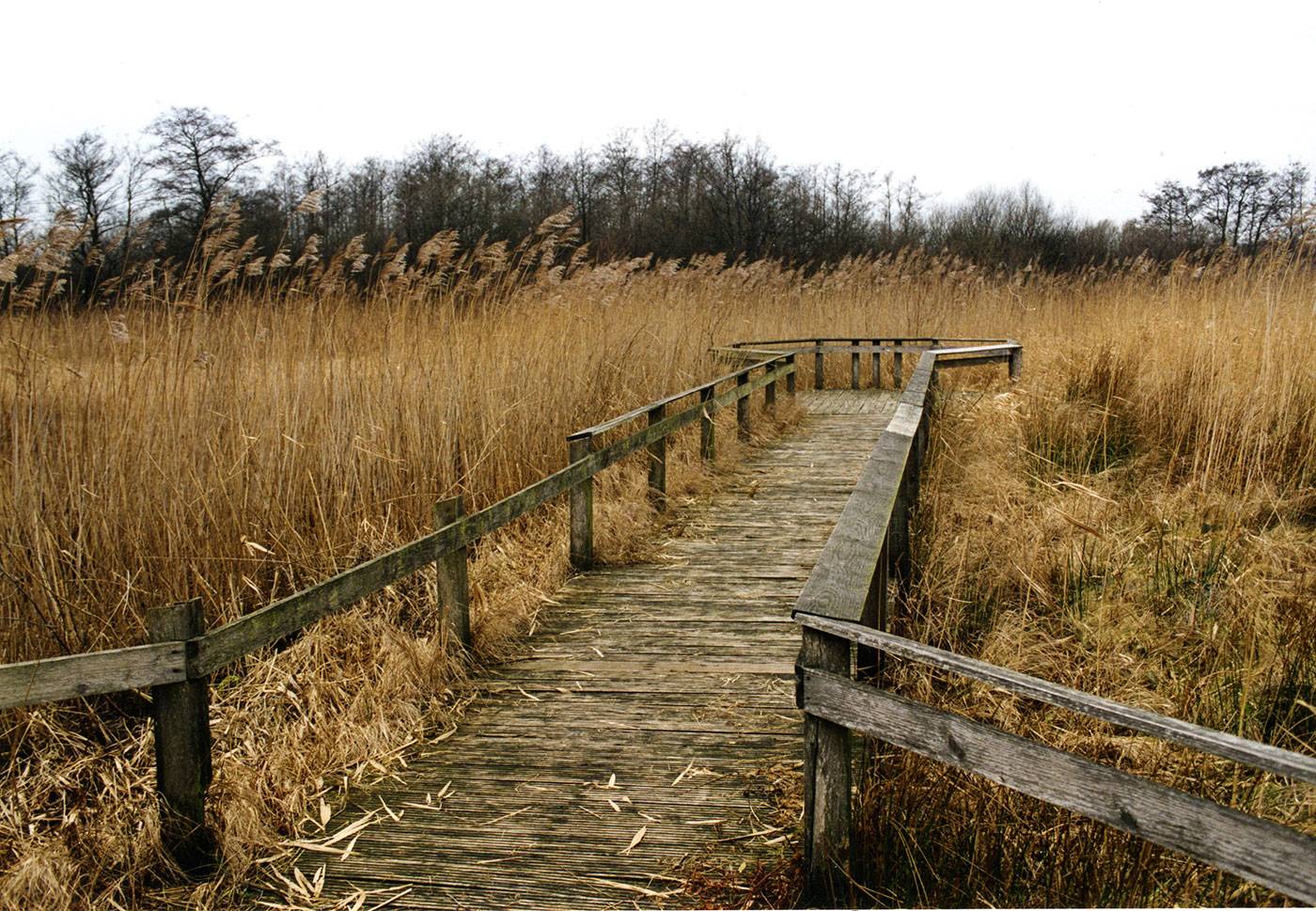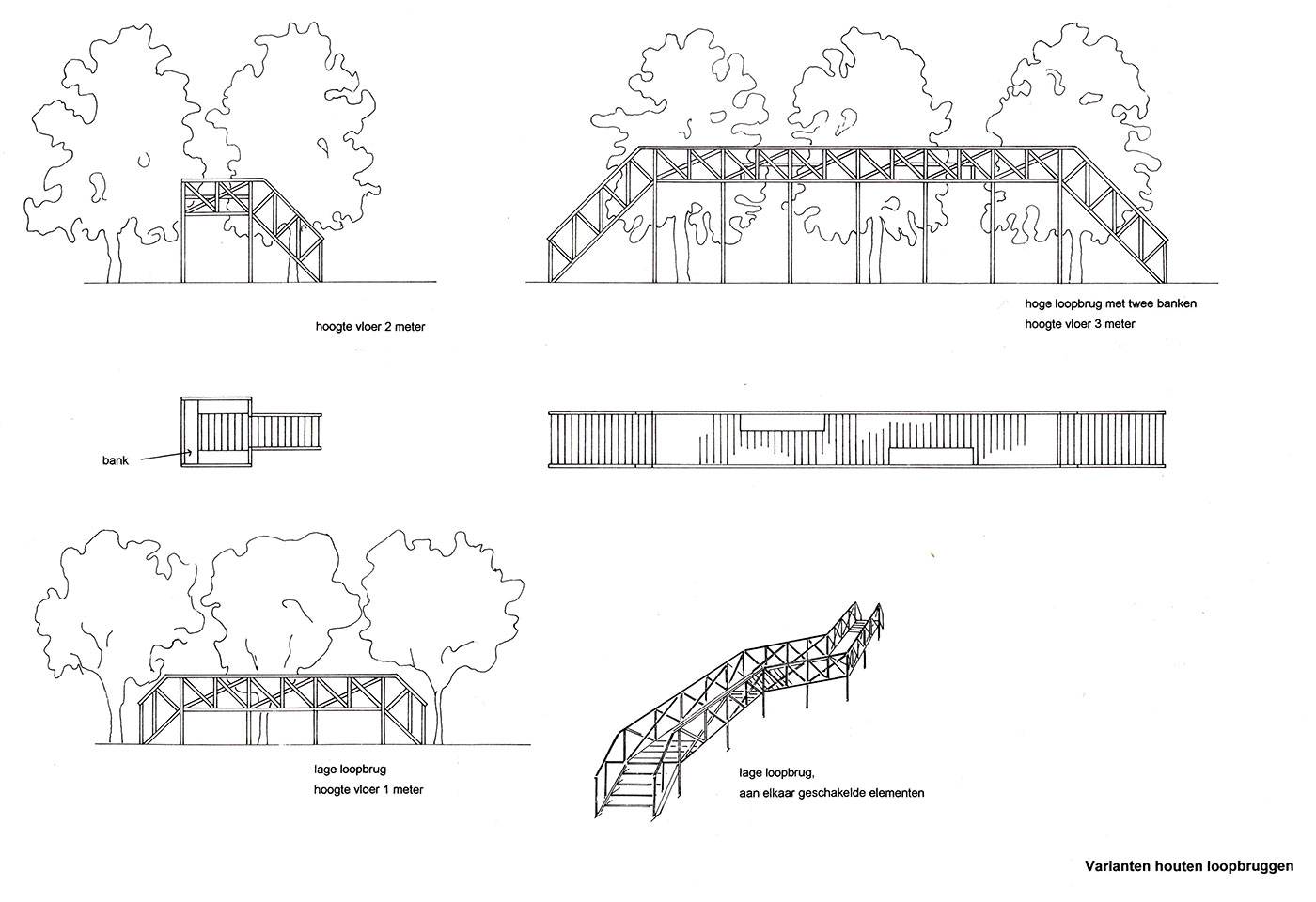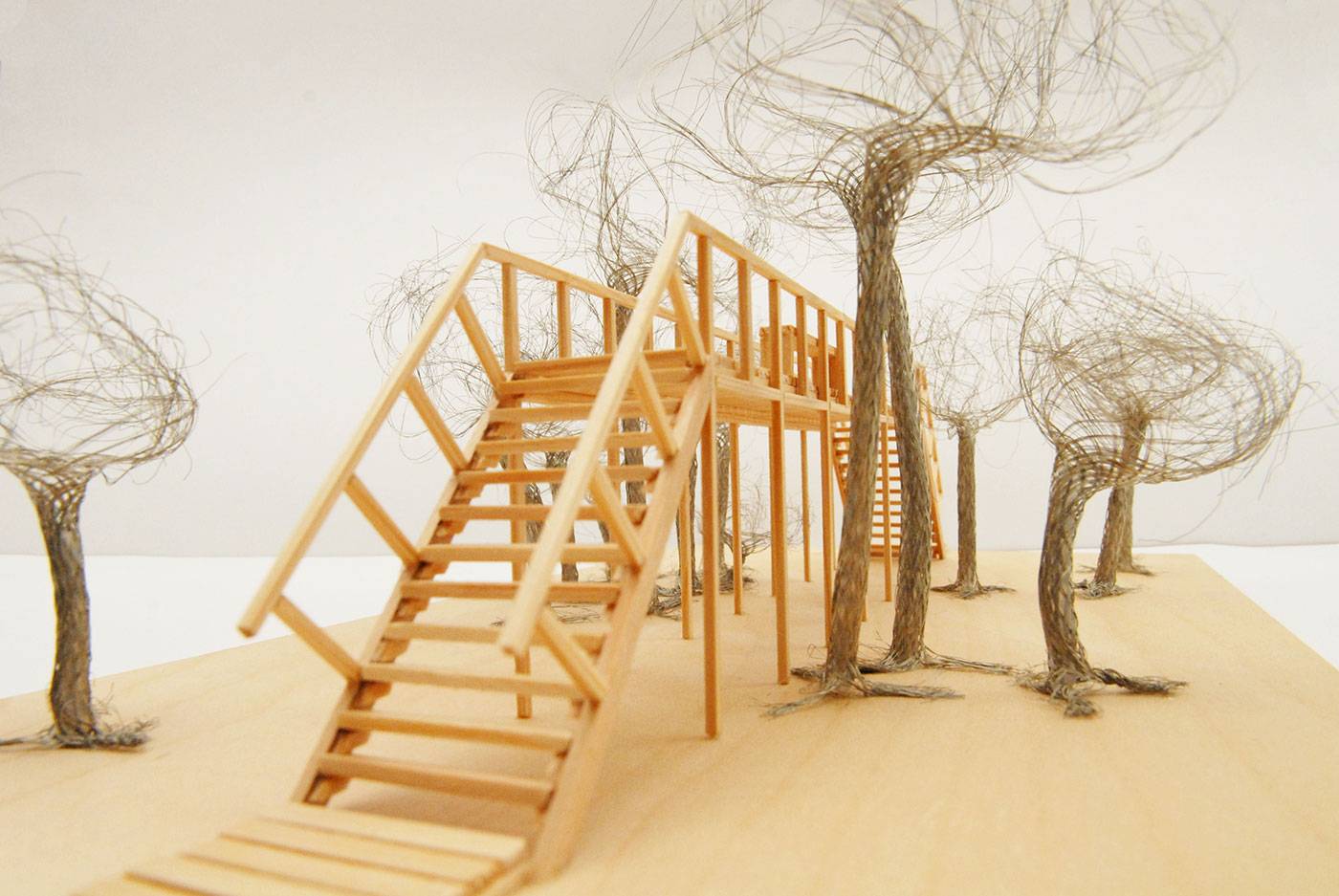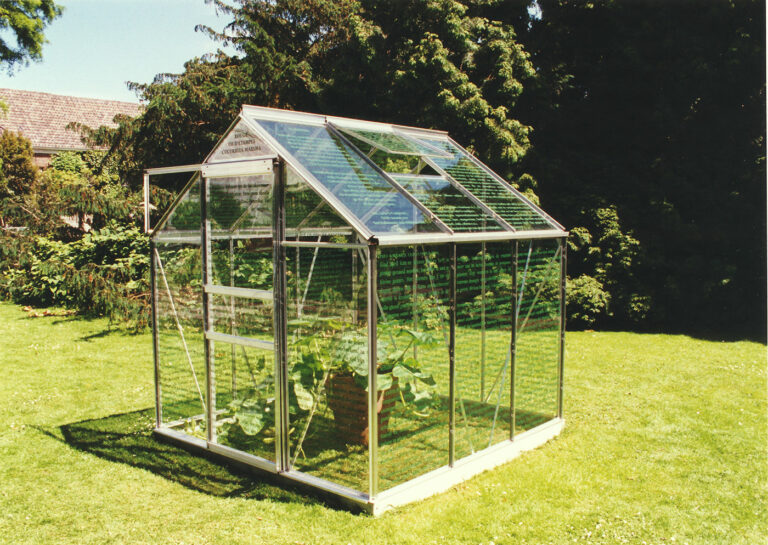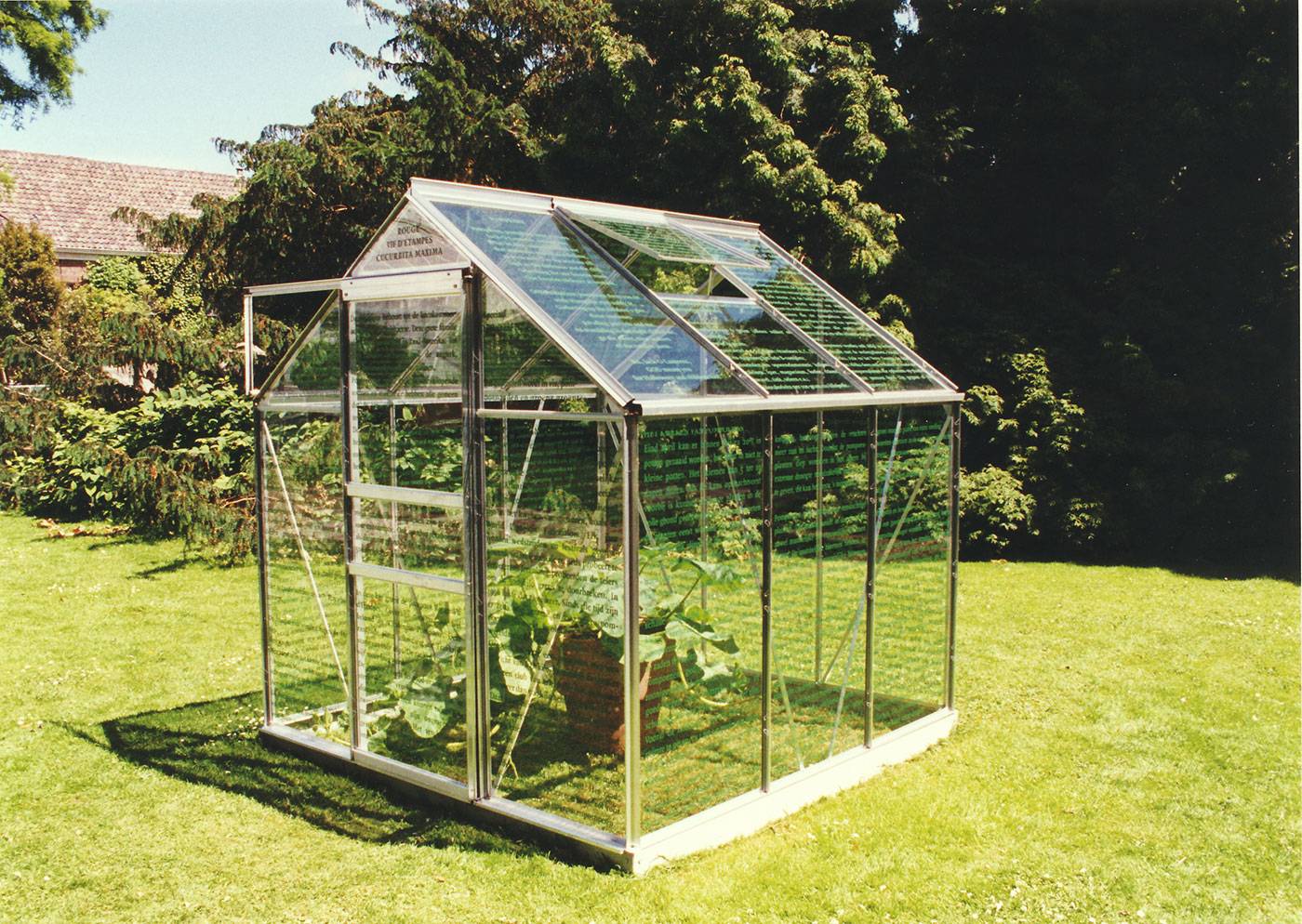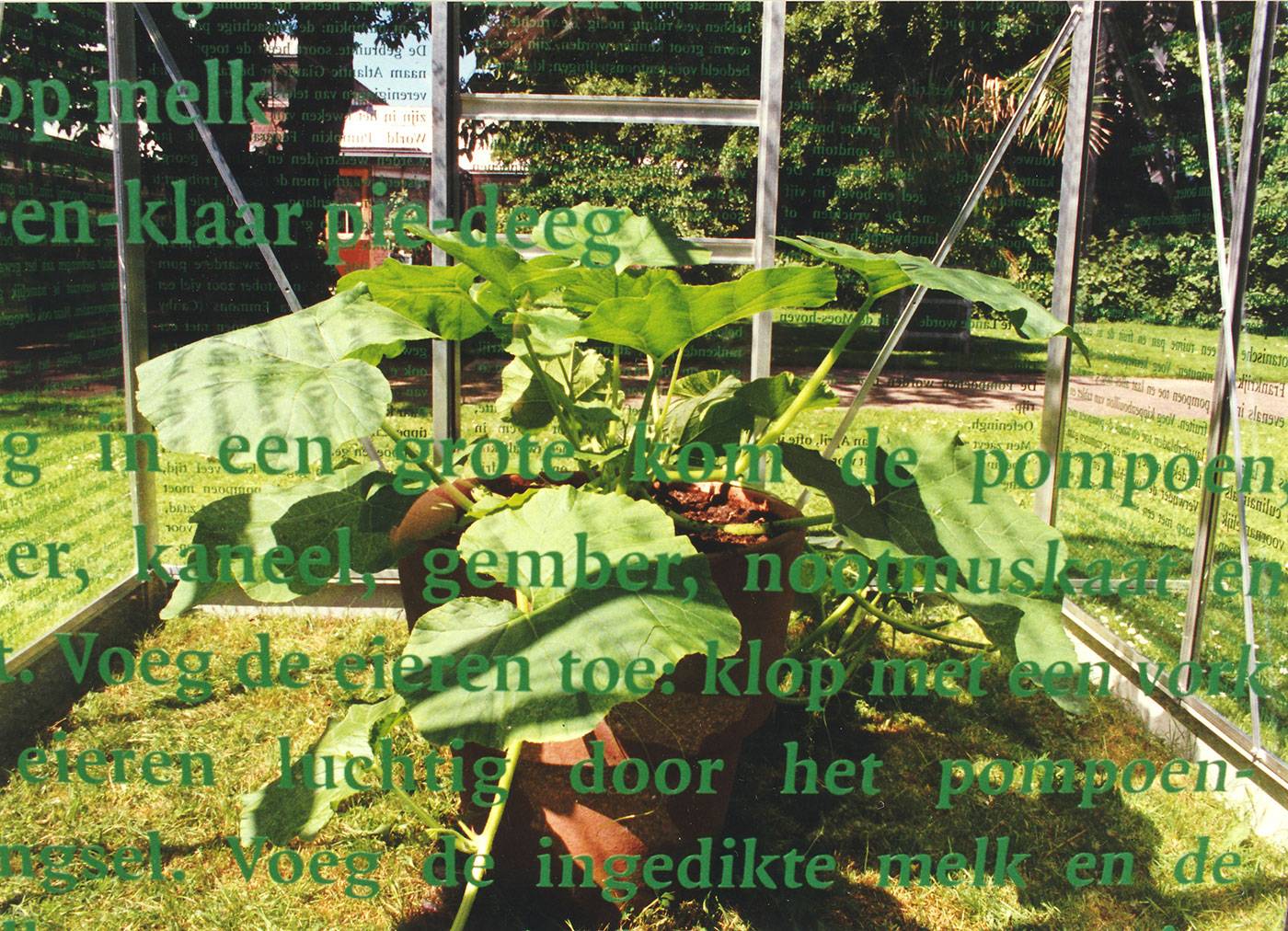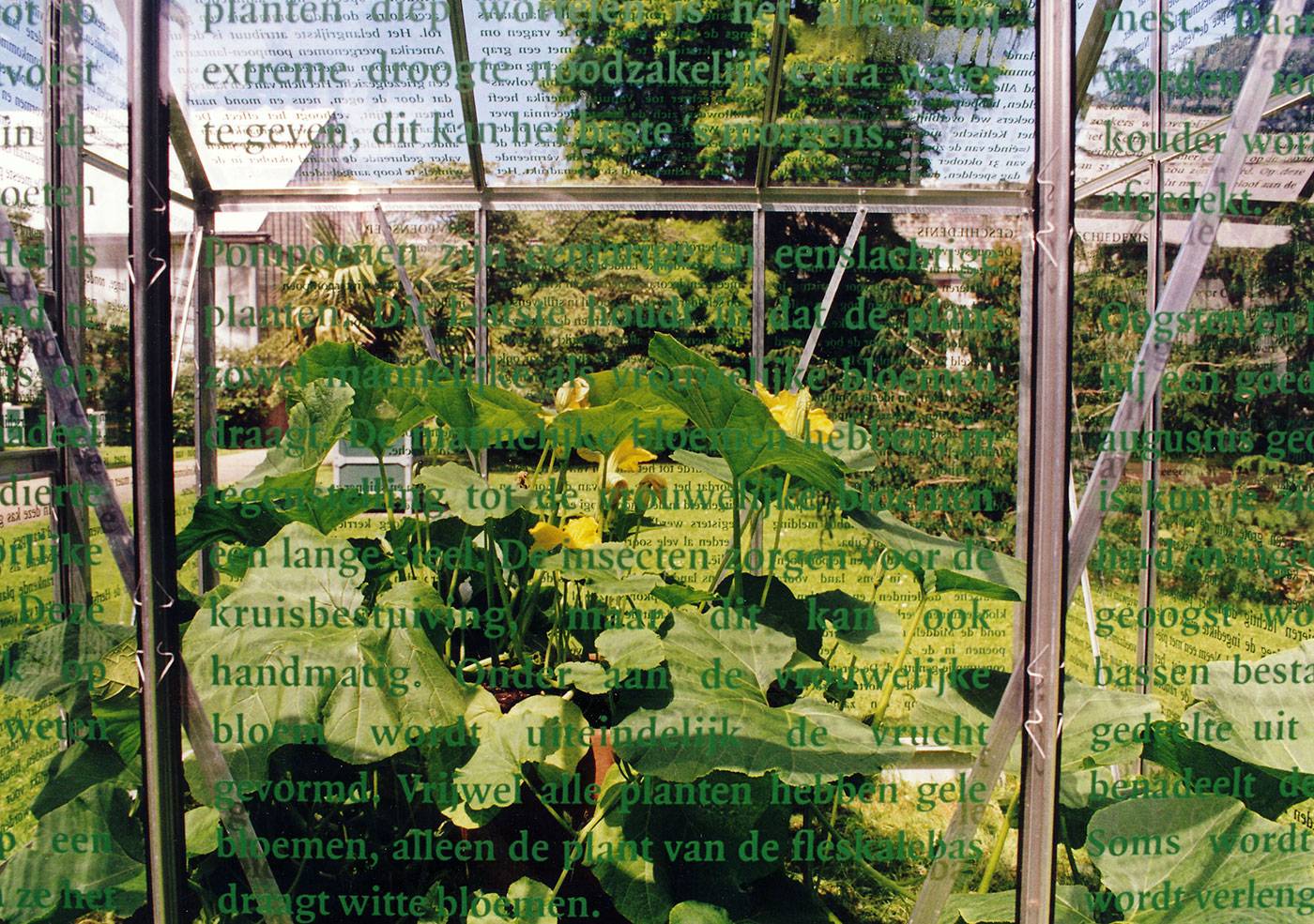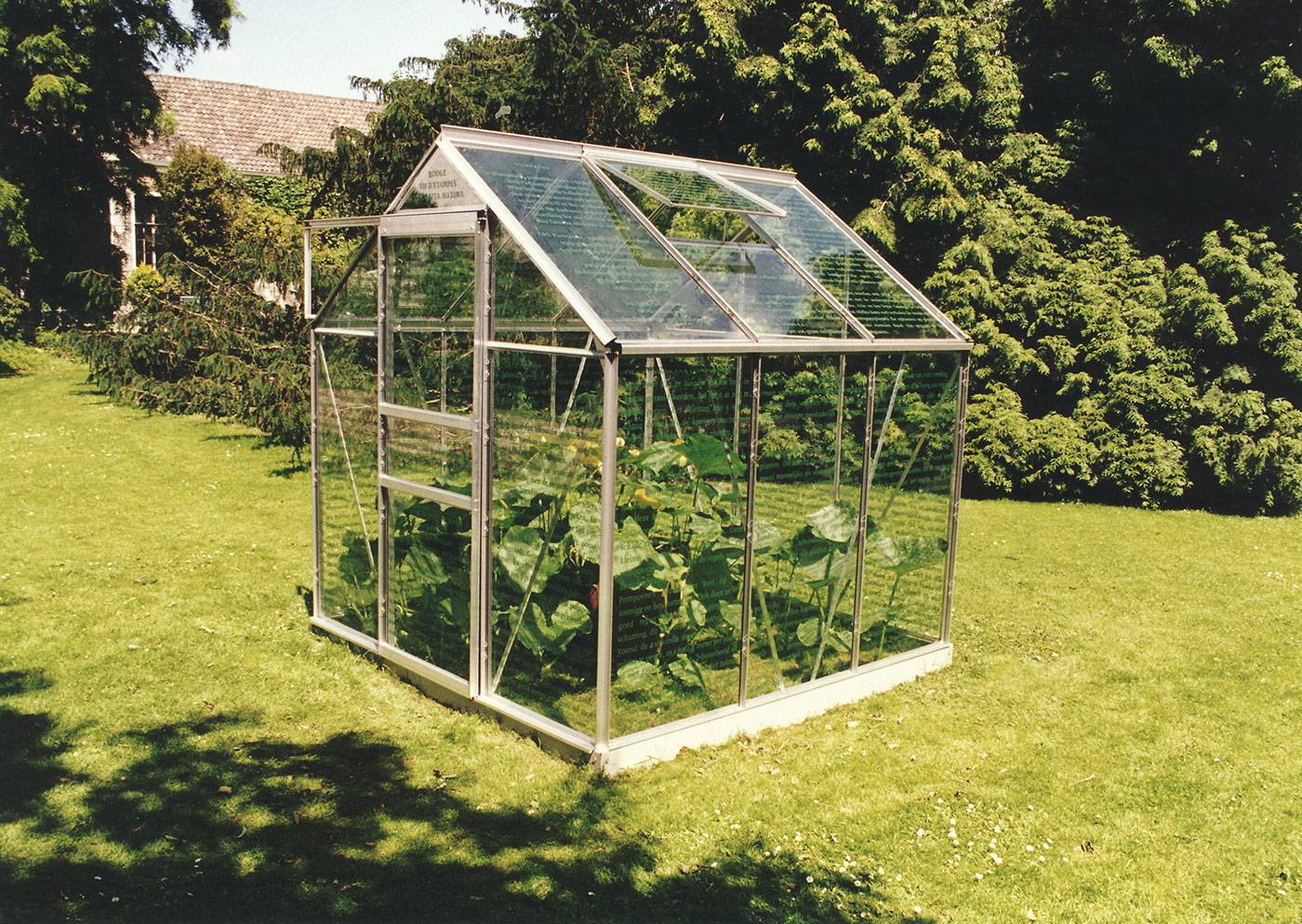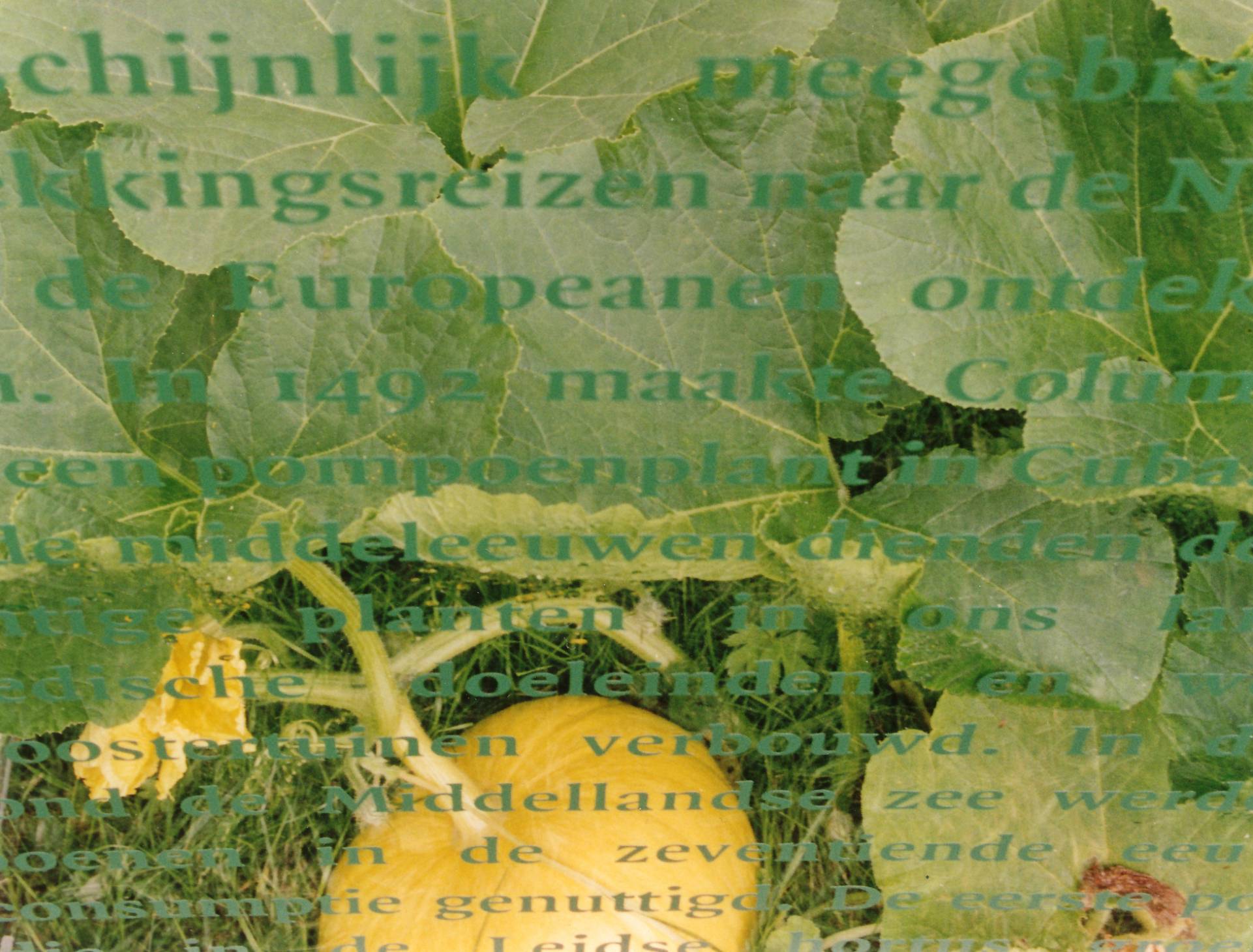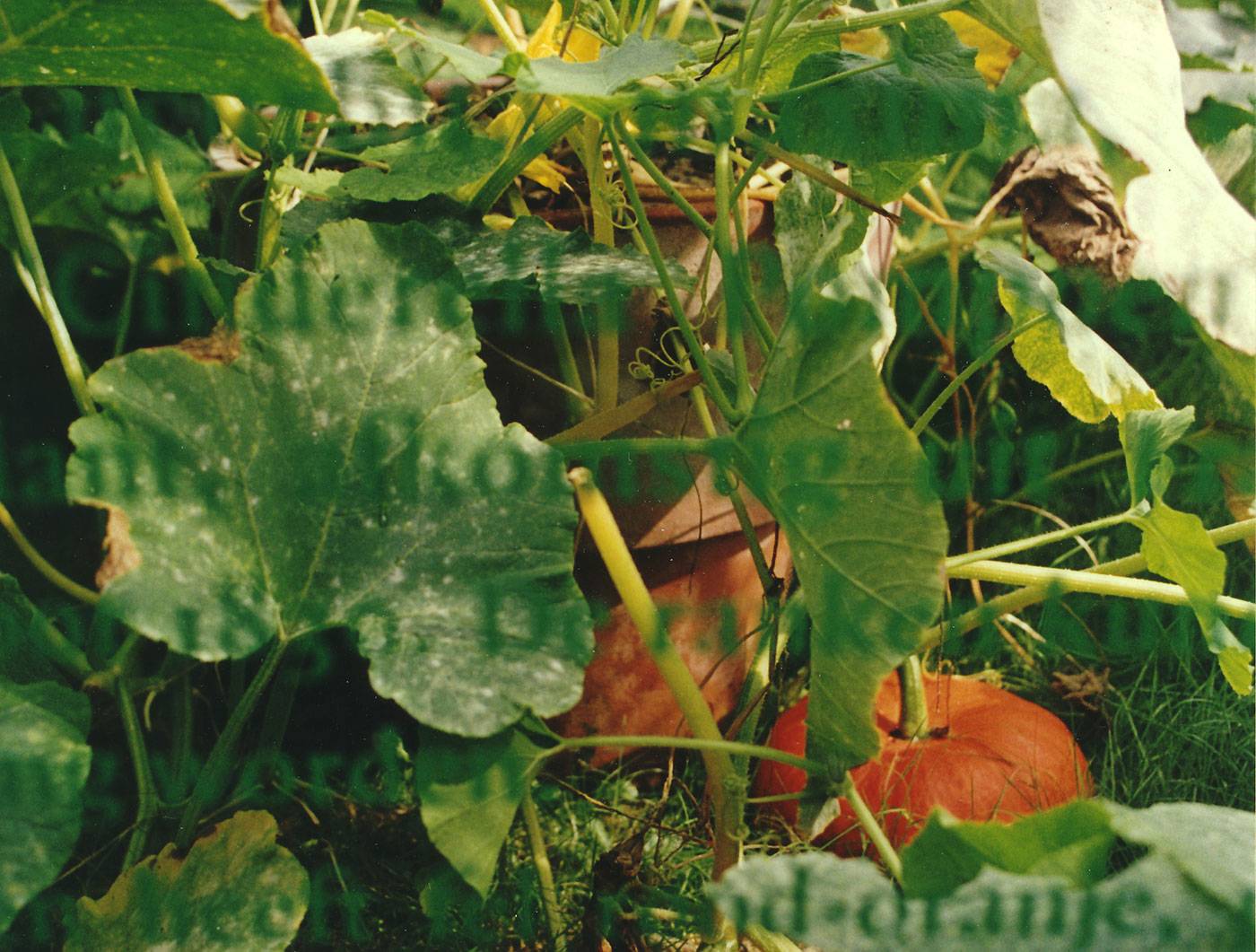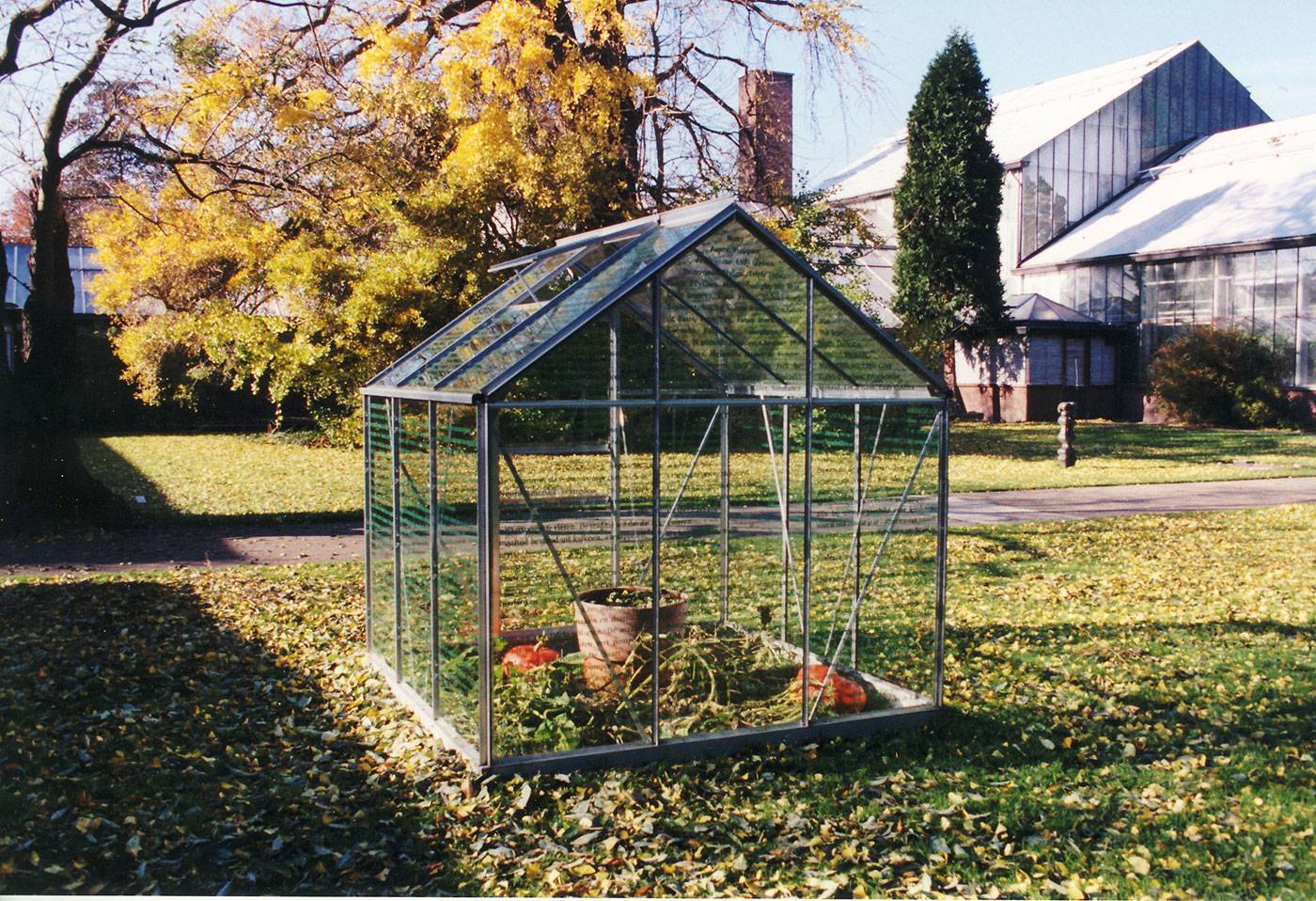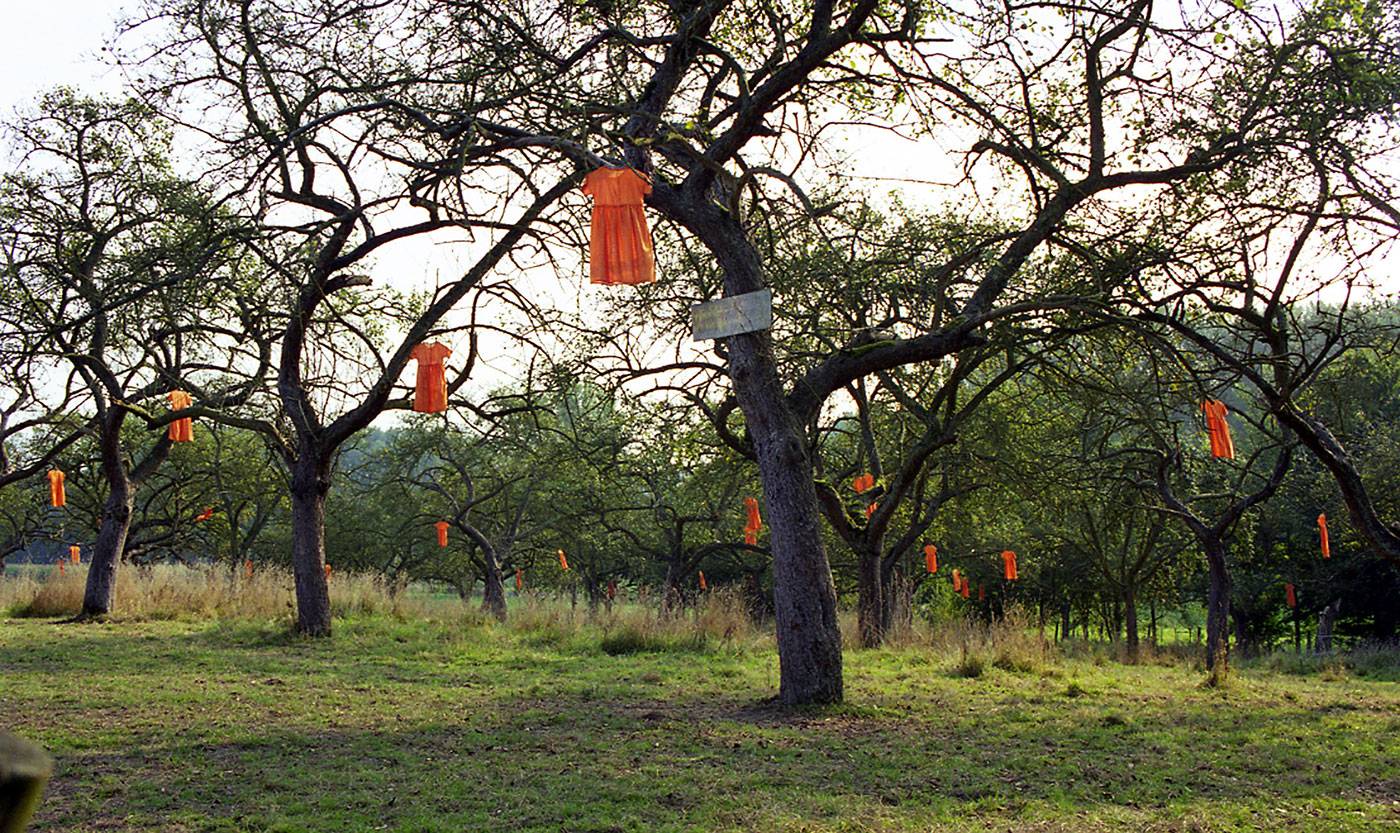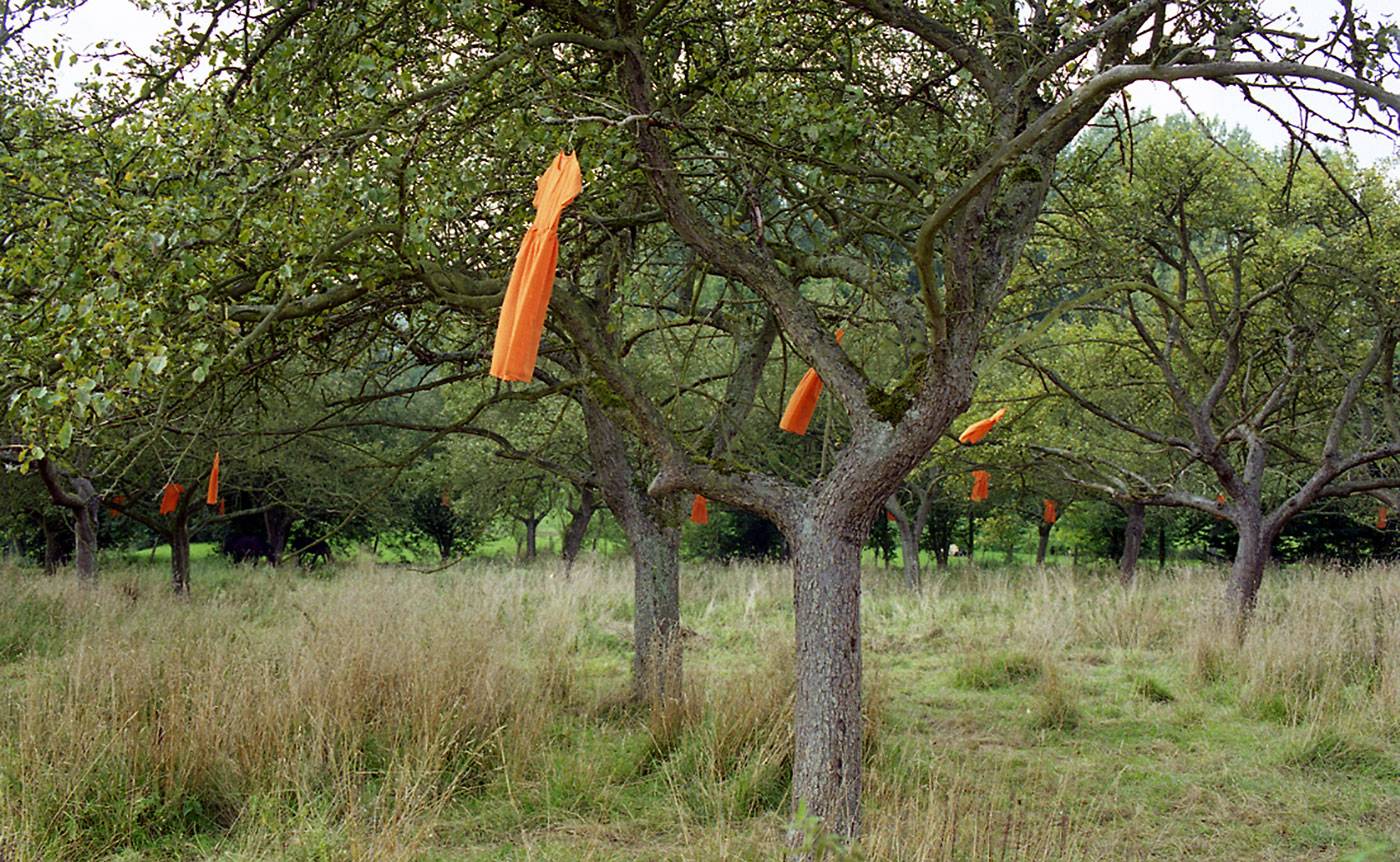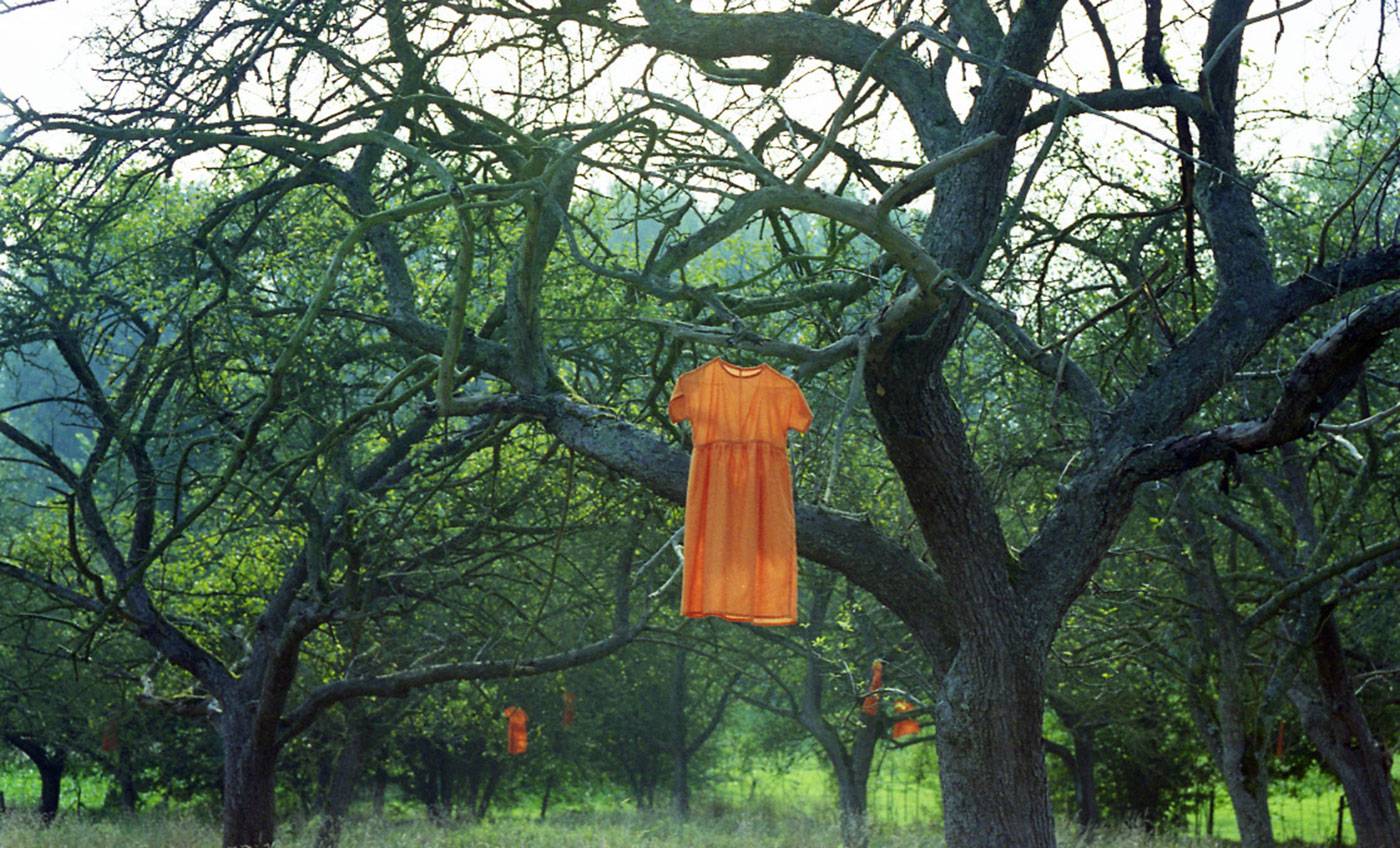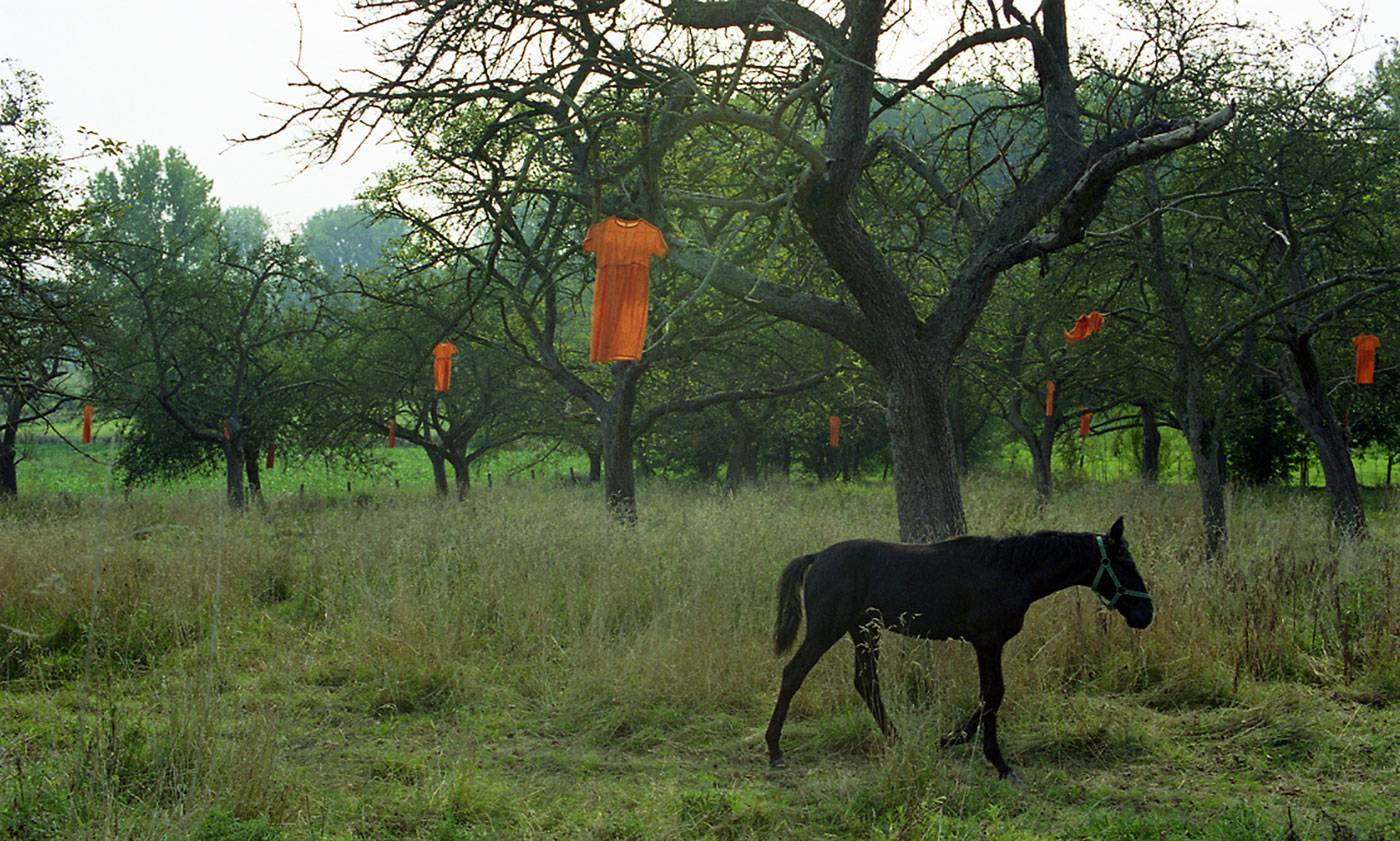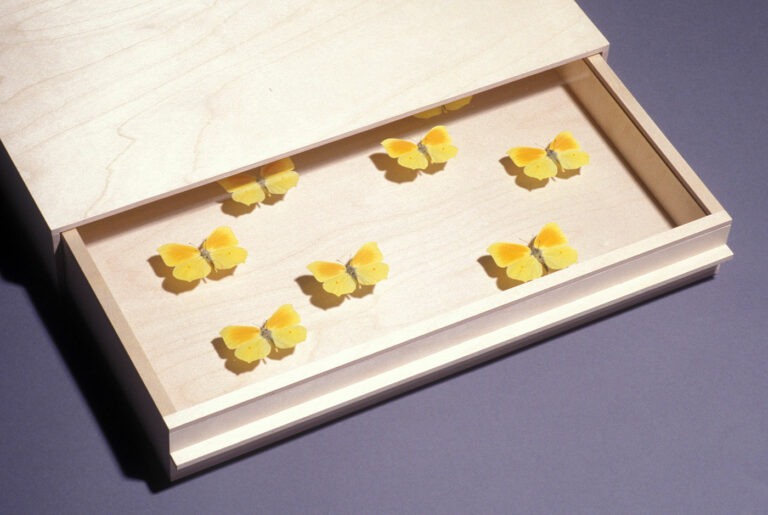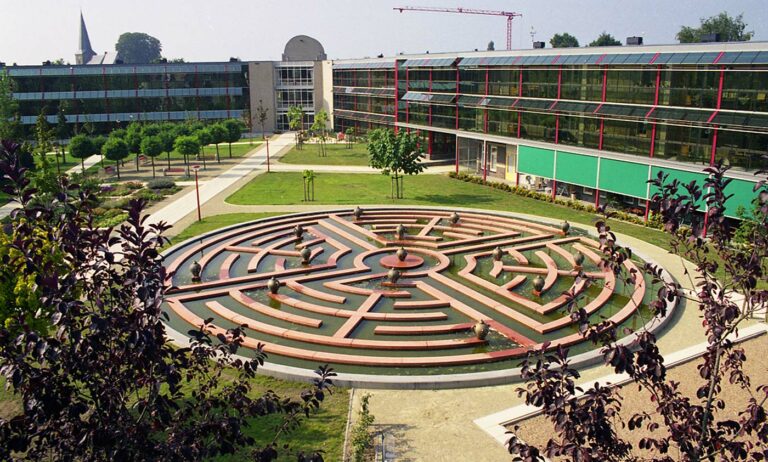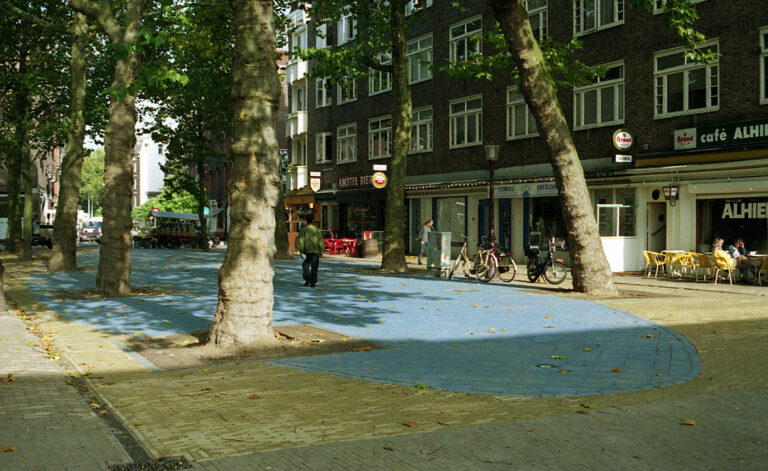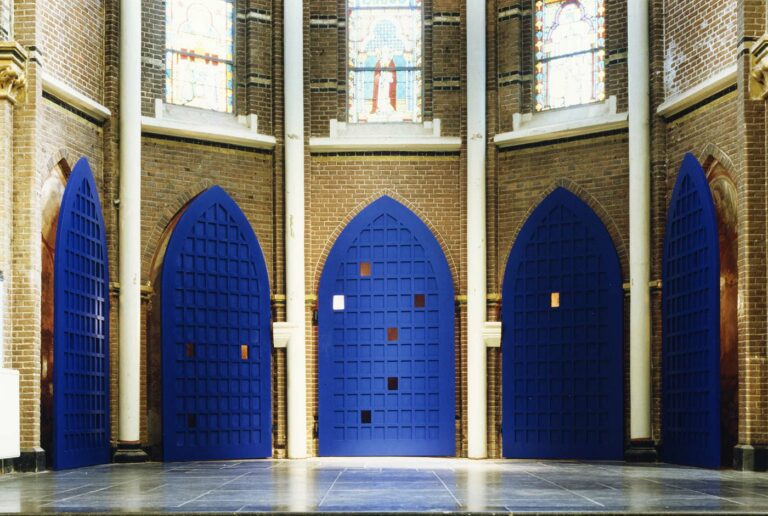Blomhof
| Exhibition | Floris Verster – At Home in Nature |
| Project | Pop-up garden |
| Location | Museum De Lakenhal, Leiden |
| Year | 2025 |
Artist and gardener Annelies Dijkman designed a ‘pop-up garden’ for the forecourt of Museum De Lakenhal on the occasion of the exhibition Floris Verster – At Home in Nature. With her garden, Dijkman responds to Verster’s fascination for the growth, flowering and decay of plants. This installation consists of plants that seduce our senses in scent, colour and structure and emphasise the changing of the seasons.
Since the end of the 16th century, Leiden has had a flourishing culture of gardening and collecting plants, with the establishment of the Hortus botanicus in 1590 as the most important example. The forecourt of the old Laecken-halle dates from 1640 and is part of a classicist city palace: everything is architecture and designed in coherence. Dijkman creates a garden here that matches the floor design of the forecourt.
In her research into historical garden culture in Leiden, Dijkman came across Marie de Brimeu (1550-1605), a noblewoman from the Southern Netherlands who lived on the Rapenburg in Leiden for a number of years around 1590. De Brimeu has a passion for gardening and is fascinated by the beauty of flowers and the cultivation of them.
Gardening also distracts De Brimeu from the (‘Eighty Years’) War: “Thank God, the war does not seem to deprive us of the pleasure of gardening or make it impossible.” Annelies Dijkman includes this quote from De Brimeu’s correspondence with Carolus Clusius (1526-1609) – the first prefect of the Hortus botanicus Leiden – in her Blomhof. Dijkman thus brings history to our time, in which gardening and the beauty of nature can offer the necessary comfort and healing.
Read more: Museum De Lakenhal
With thanks to: Museum De Lakenhal, Nicole Roepers, Jacowies Surie, Lau Heemskerk, Tijmen Smits, Anne Mieke Backer, Florike Egmond, Gerda van Uffelen, Prof. Dr. P. J. Smith, John Kroes, Woodwork Voorschoten, Festina lente Tuin, Heemskerk Metaal
Publicity
Photography: John Kroes
Photo 4: Joep Jacobs
